A dress, argues Marnie Fogg, is at the very heart of fashion. There are some that are unforgettable – like Roland Mouret’s celebrated Galaxy that became the most wanted garment in 2005 and Versace’s safety pin dress that propelled Liz Hurley on to the front pages of every newspaper. Then there was Sarah Burton’s dress for Kate Middleton’s wedding that set new trends in lace, though it was itself a take on a wedding dressmade for Grace Kelly .
Everyone knows Coco Chanel made the little black dress a wardrobe staple in 1926, but it was the sensational portrait of Madame Gautreau in 1884 in a dense black satin dress, dangerously décolleté, by John Singer Sargent that caused a scandal in Paris. Gautreau was an American society beauty who married a French shipping magnate and the outrage created by the portrait forced her to retire from society for a while.
Fashion expert and former fashion designer Fogg has certainly done her homework in a new book which features a hundred categories of dress from snake goddess dresses to classical styles, Op Art, Pop Art, pinafores, sheaths and wraps. Behind each is a story that tells of the wide-ranging influences a dress can have as well charting revolutionary moments in fashion history.
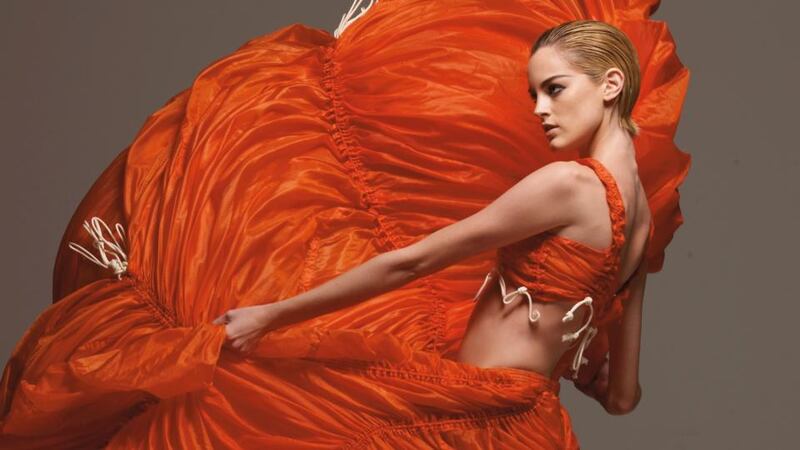
The 1856 steel crinolines, for instance, gave rise to Vivienne Westwood’s mini crinis 130 years later; the famous silk pleated Delphos dresses of Fortuny in Florence reach technical supremacy in Issey Miyake’s Pleats Please line in Japan. Charles James’s pioneering use of zips notably in his famous Taxi dress from the 1930 has a modern counterpart in Victoria Beckham sheaths with their signature two-way zips up and down the back.
One that I will always remember was at John Galliano’s fashion debut at Dior Haute Couture in the 1980s at the Ritz in Paris when the train of a floor-length red dress was so cumbersome the model had to fling it in front of her to take a few steps. And there was the Chalayan collection of 2000 in which a coffee table turned into a skirt that focused attention on this avant garde Cypriot designer later responsible for the futuristic womb in which Lady Gaga arrived for the 2011 Grammys.
The Dress: 100 Ideas that Changed Fashion Forever by Marnie Fogg is published by Goodman at £30
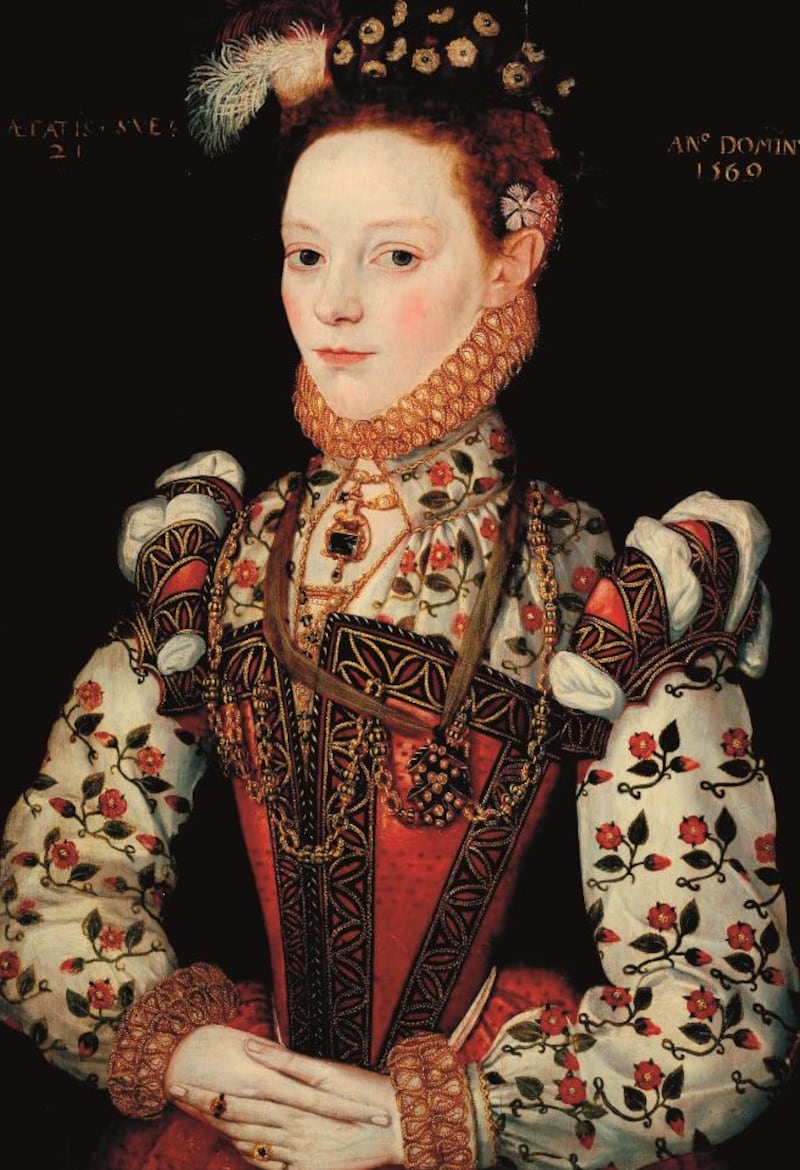
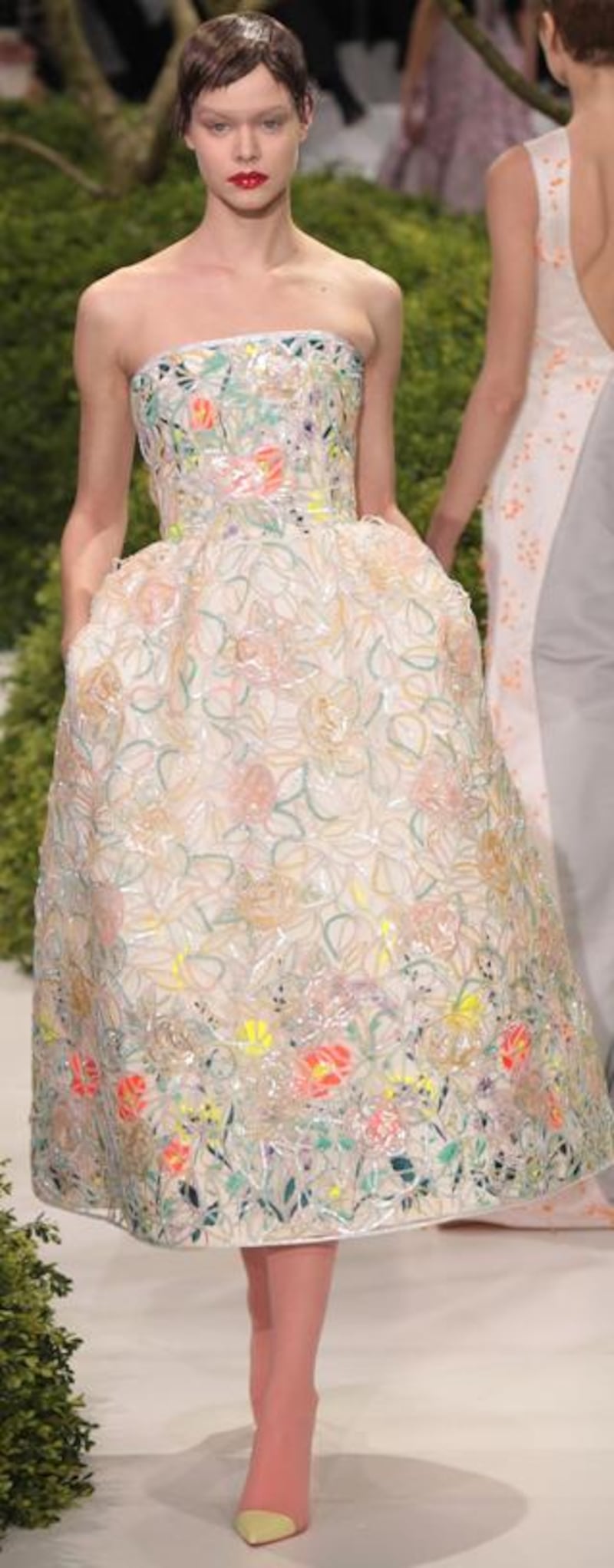
Floral dress
Above left: This portrait from about 1569 is of the Marchioness of Northampton, a maid of honour at the court of Elizabeth 1 wearing a gown embroidered with the Tudor rose, the traditional floral heraldic emblem of England.
Above right: Christian Dior continued the ever-popular floral theme in his Spring/Summer 2013 Haute-Couture show at Paris Fashion Week
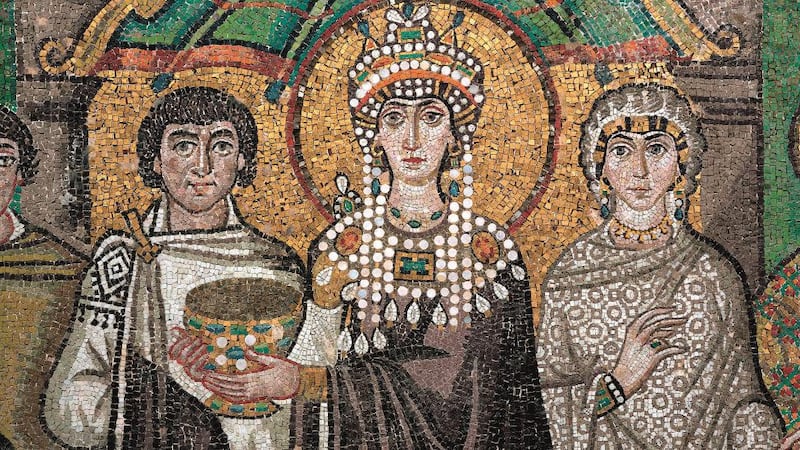

Byzantine dress
Above left
: the lavish and ostentatious dress worn by Empress Theodora, wife of Emperor Justinian 1, was commensurate with her wealth and status.
Above right:
capturing religious iconography and referencing the Empress Theodora, Dolce & Gabbana’s hand-beaded dresses for A/W 2013/2014 were equal in embellishment to those worn at the height of the Byzantine Empire.
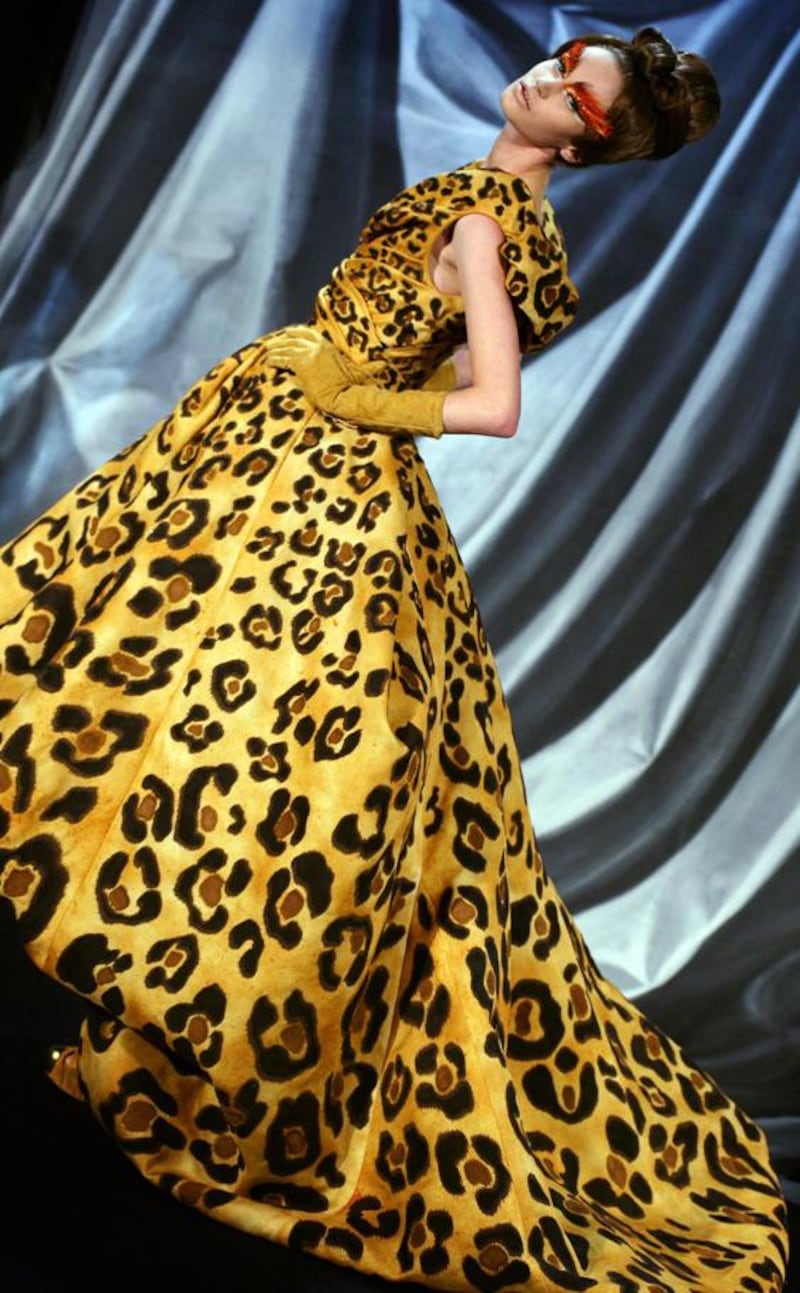
Animal print
Left:
With a silhouette inspired by Singer Sargent’s provocative portrait of Madame X (Gautreau), John Galliano for Dior Haute Couture in 2008 added a stylised leopard print on duchesse satin.

Body-con dress
Left:
Moulding and enhancing every curve and cut with a high waistline, Roland Mouret’s Galaxy dress became the most wanted garment in 2005 marking a radical return to the hourglass figure
Tartan pattern
The emblematic power of Scottish tartan was revisited by Alexander McQueen for his Widows of Culloden collection in 2006-2007 following his Highland Rape collection in 1995-1996.
The skeleton dress
Helen Storey created her spinal column dress in collaboration with her sister, a developmental biologist, asserting a relationship between science and art. The dramatic red dress is patterned with DNA scans.
















